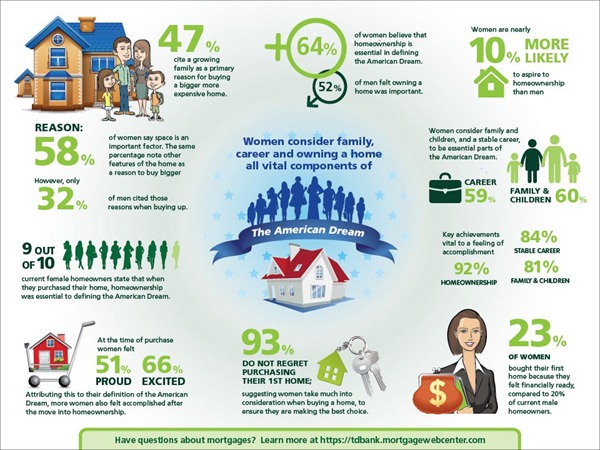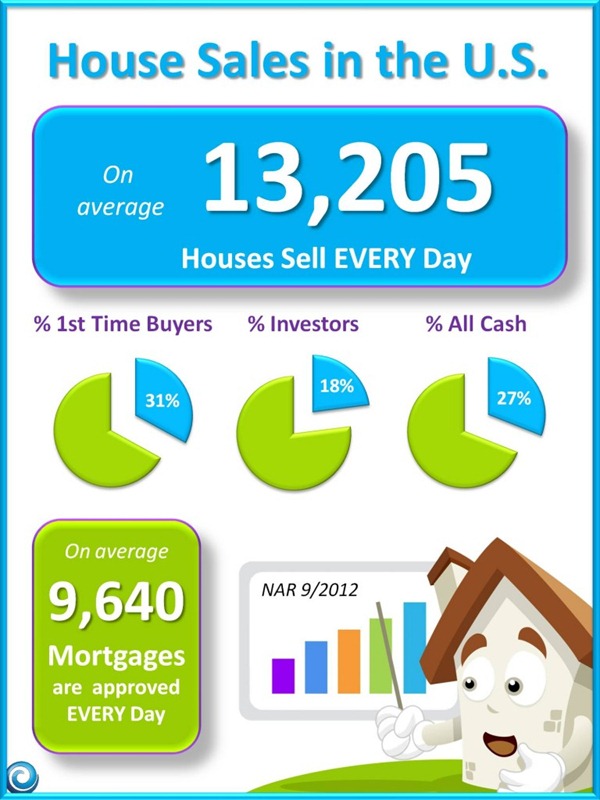 Reporting for July (the most recent month available), CoreLogic notes that shadow inventory levels are falling across the board, but notes that this is an indicator that housing prices will continue rising.
Reporting for July (the most recent month available), CoreLogic notes that shadow inventory levels are falling across the board, but notes that this is an indicator that housing prices will continue rising.
Shadow inventories on the decline
According to information provider, CoreLogic, the current residential shadow inventory as of July 2012 fell to 2.3 million units, representing a supply of six months, and a 10.2 percent drop from July 2011, when shadow inventory stood at 2.6 million units (approximately the same level the country was experiencing in March 2009).
CoreLogic notes that as of July, the flow of new seriously delinquent (90 days or more) loans into the shadow inventory has been roughly offset by the equal volume of distressed (short and real estate owned) sales.

“Yet another hopeful sign”
“Broadly speaking, the shadow inventory continued to shrink in July,” said Anand Nallathambi, president and CEO of CoreLogic. “The reduction is being driven by a variety of resolution approaches. This is yet another hopeful sign that the housing market is slowly healing.”
“The decline in shadow inventory has recently moderated reflecting the lower outflow of distressed sales over the past year,” said Dr. Mark Fleming, Chief Economist for CoreLogic. “While a lower outflow of distressed sales helps alleviate downward home price pressure, long foreclosure timelines in some parts of the country causes these pools of shadow inventory to remain in limbo for an extended period of time.”

Digging deeper in to the six months’ supply
As of July 2012, CoreLogic reports that the shadow inventory fell to 2.3 million units, or six-months’ supply, and represented just over three-fourths of the 2.7 million properties currently seriously delinquent, in foreclosure, or in REO.
Of those 2.3 million units, 1.0 million units are seriously delinquent (2.9 months’ supply), fully 900,000 are in some stage of foreclosure (2.5-months’ supply) and 345,000 are already in REO (1.0-months’ supply).
The dollar volume of shadow inventory was $382 billion as of July 2012, down from $397 billion a year ago and $385 billion last month.

Regional performances varied
Serious delinquencies, which CoreLogic calls “the main driver of the shadow inventory,” declined the most from April 2012 to July 2012 in Arizona (3.2 percent), Pennsylvania (2.8 percent), New Jersey (2.3 percent), Delaware (2.2 percent), and Maine (2.2 percent).
As of July 2012, Florida, California, Illinois, New York and New Jersey make up 45 percent of all distressed properties in the country.
Note: as of this month, CoreLogic has adjusted the methodology for this report, which they say will improve accuracy. Full details here.
Source: Tara Steele in Economy, News – October 9, 2012






